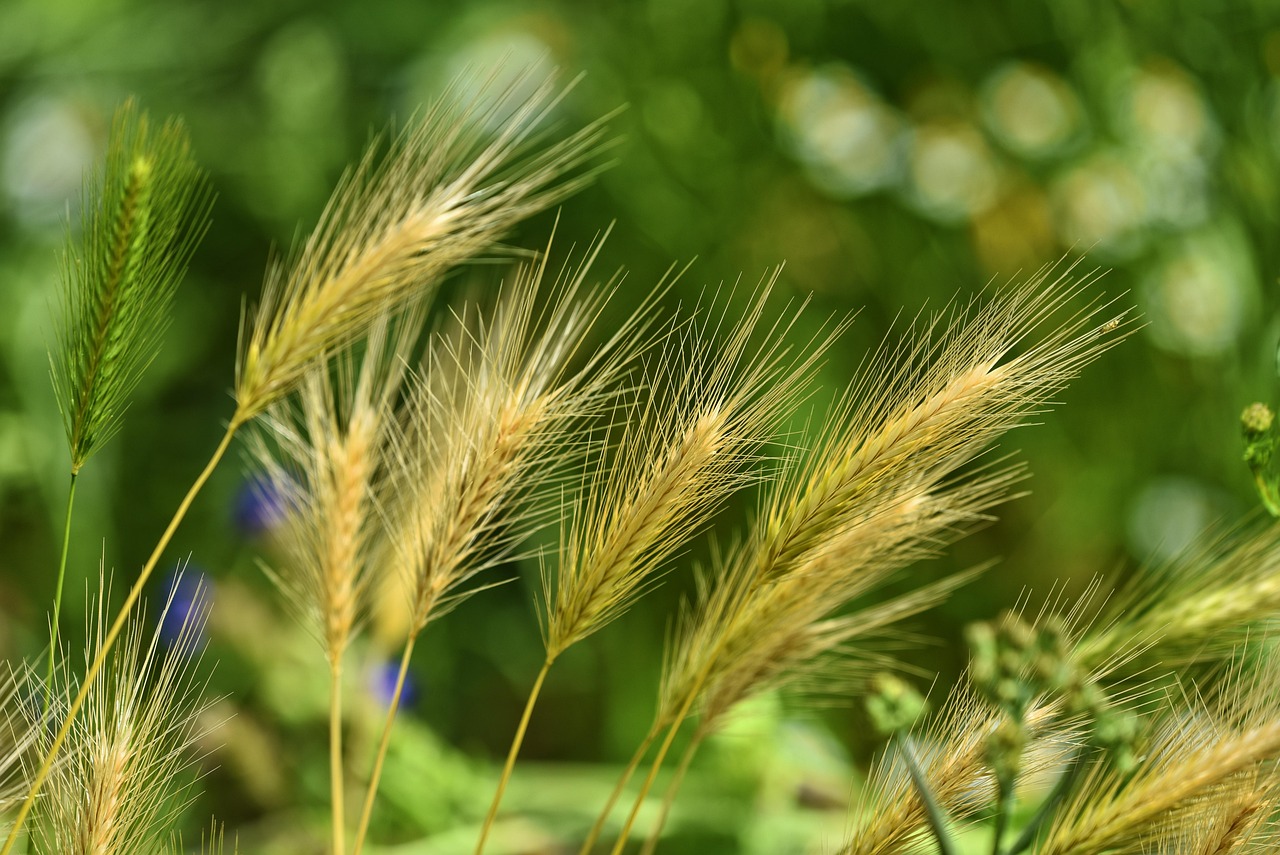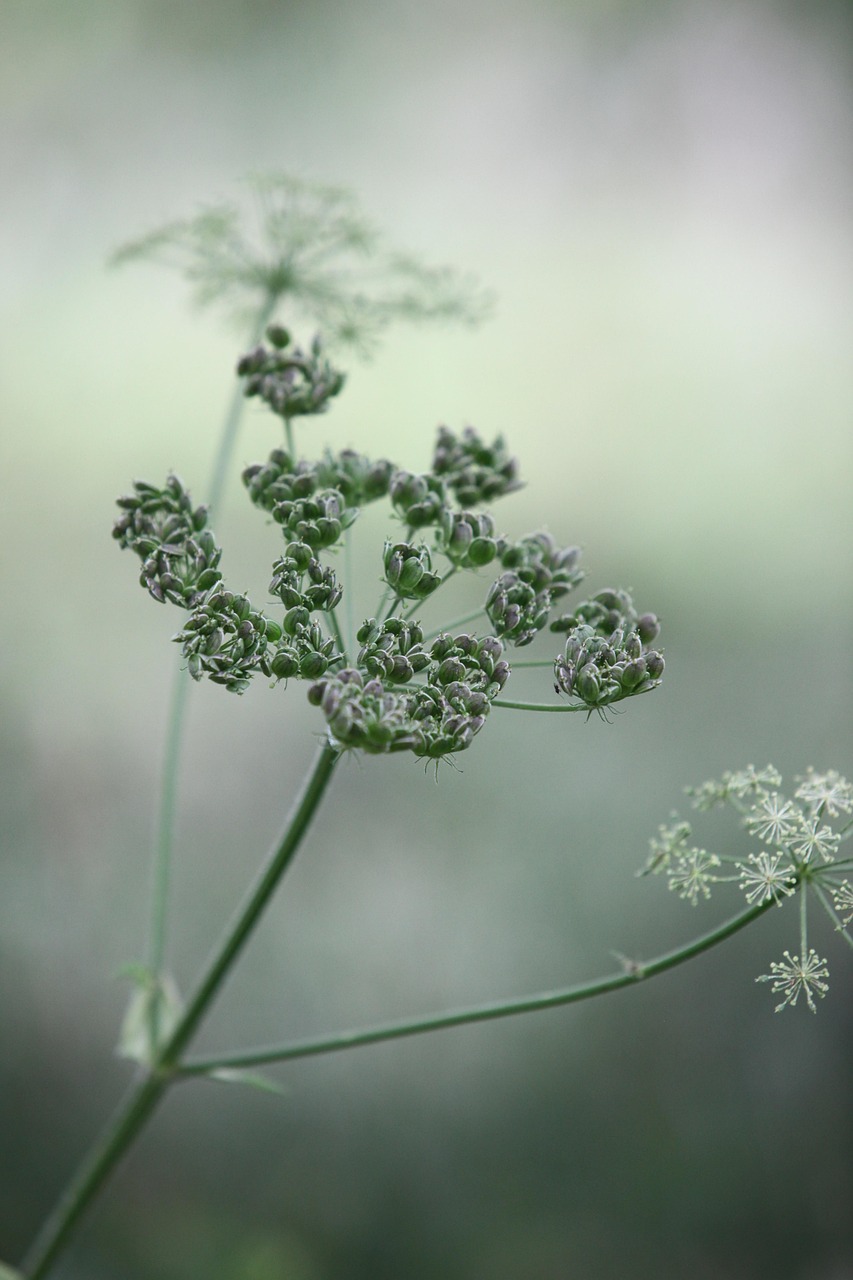Many gardeners see weeds as nothing more than unwanted plants. However, some flowering weeds can add beauty to your garden and attract beneficial wildlife. Before you pull them out, consider the hidden gems among these so-called nuisances.
Weeds are often misunderstood. While they can be invasive and problematic in certain situations, many flowering weeds provide visual appeal and ecological benefits. These plants can enhance biodiversity, support pollinators, and even offer medicinal properties. With the right approach, you can turn your garden into a vibrant space filled with unexpected beauty.

Flowering weeds thrive in a variety of conditions, making them resilient additions to your landscape. They often bloom at different times throughout the growing season, ensuring that your garden remains colorful and lively. Below is a table showcasing some common flowering weeds that you might actually want to keep in your garden:
| Common Name | Scientific Name | Benefits |
|---|---|---|
| Dandelion | Taraxacum officinale | Attracts pollinators; edible leaves and flowers; rich in vitamins. |
| Chickweed | Stellaria media | Nutrient-rich; attracts beneficial insects; edible leaves. |
| Clover | Trifolium spp. | Improves soil health; attracts pollinators; nitrogen fixer. |
| Wildflowers (e.g., Black-eyed Susan) | Rudbeckia hirta | Supports local wildlife; adds color; drought-tolerant. |
Understanding Flowering Weeds
Flowering weeds often have unique adaptations that allow them to thrive in various environments. These adaptations include fast growth rates and the ability to spread quickly. While this can pose challenges in some gardening scenarios, it also means they can fill gaps and provide quick color when needed.
Some flowering weeds are cherished for their aesthetic qualities. For instance, dandelions are often seen as pesky intruders in lawns. Yet, their bright yellow blooms herald the arrival of spring, providing a cheerful contrast against green grass. Moreover, dandelions are not just beautiful; every part of the plant is edible and packed with nutrients.
Chickweed is another flowering weed that deserves attention. It grows low to the ground and produces small white flowers. Chickweed is not only loved by garden birds but is also a nutritious addition to salads. Many gardeners overlook its potential, focusing instead on its weedy appearance.
Clover is a familiar sight in many yards and gardens. Its trifoliate leaves and pink or white blooms not only add charm but also improve soil health. Clover acts as a natural fertilizer by fixing nitrogen in the soil, making it an excellent companion plant for other crops.
Finally, consider the wildflowers that often pop up uninvited. These plants can create stunning displays of color in your garden. Black-eyed Susans and other native wildflowers attract pollinators like bees and butterflies, which are essential for maintaining a healthy ecosystem.
As you learn more about these flowering weeds, you may find that they contribute more to your garden than you initially thought. Embracing these plants can lead to a richer gardening experience filled with surprising discoveries.
The Ecological Benefits of Flowering Weeds
Flowering weeds are not only aesthetically pleasing but also play a vital role in the ecosystem. Their presence can enhance biodiversity, support wildlife, and contribute to soil health. Understanding these benefits can help you appreciate the value of these often-maligned plants.
Supporting Pollinators
Pollinators such as bees, butterflies, and hummingbirds rely on flowering plants for food. Flowering weeds provide essential nectar and pollen resources that are crucial for their survival. Many of these weeds bloom early in the season, offering critical sustenance when other flowers are not yet available.
- Dandelions: Among the first flowers to bloom in spring, dandelions are a valuable food source for bees.
- Chickweed: Its small white flowers attract various pollinators, helping to sustain them during their active seasons.
- Wild Mustard: This weed produces yellow flowers that are not only attractive but also rich in nectar.
By allowing these flowering weeds to thrive in your garden, you can create a welcoming habitat for pollinators. This, in turn, supports the overall health of your garden ecosystem.
Enhancing Soil Health
Flowering weeds can significantly improve soil quality. Many of them have deep root systems that help aerate the soil and bring nutrients from deeper layers to the surface. Some species also contribute organic matter when they die back, enriching the soil.
Additionally, certain flowering weeds have the ability to fix nitrogen in the soil. Clover is a prime example, as it converts atmospheric nitrogen into a form that plants can use. This process reduces the need for synthetic fertilizers, promoting a healthier garden environment.
- Clover: As mentioned earlier, clover improves soil fertility and structure.
- Vetch: Another nitrogen-fixing plant, vetch can be used as a cover crop to enhance soil health.
- Common Mallow: This weed helps improve soil structure and provides habitat for beneficial organisms.
Edibility and Medicinal Uses of Flowering Weeds

Many flowering weeds are not only beautiful but also edible. They offer various culinary uses and medicinal benefits that can enhance your diet and well-being.
Culinary Applications
Several flowering weeds can be used in cooking and salads. Their unique flavors and textures add variety to meals. Here are a few notable options:
- Dandelion Greens: These greens are bitter yet nutritious, making them an excellent addition to salads or cooked dishes.
- Chickweed: The fresh leaves have a mild flavor, perfect for salads or as a cooked green.
- Purslane: Known for its succulent leaves and slightly tangy taste, purslane is rich in omega-3 fatty acids.
Medicinal Properties
In addition to culinary uses, many flowering weeds have medicinal properties that have been recognized for centuries. Here are some examples:
- Dandelion Root: Often used in herbal medicine for its detoxifying properties and to support liver health.
- Chickweed: Traditionally used as a soothing remedy for skin irritations and inflammatory conditions.
- Plantain: Known for its wound-healing properties, plantain leaves can be applied to cuts and scrapes.
Embracing these flowering weeds not only enhances your garden’s beauty but also enriches your culinary experiences and promotes a healthier lifestyle.

Creating a Welcoming Habitat for Flowering Weeds

To fully appreciate the beauty and benefits of flowering weeds, it is essential to create an environment where these plants can thrive. By making simple adjustments to your gardening practices, you can encourage the growth of these beneficial plants while maintaining a healthy ecosystem.
Choosing the Right Location
Flowering weeds flourish in various conditions, but some prefer specific environments. Understanding these preferences can help you create an inviting habitat.
- Full Sun: Many flowering weeds, such as dandelions and clover, thrive in full sunlight. Aim to plant them in areas that receive at least six hours of direct sunlight each day.
- Moisture Levels: While some weeds tolerate dry conditions, others prefer moist soil. Ensure you know the moisture requirements for the flowering weeds you wish to keep.
- Soil Quality: Flowering weeds can adapt to various soil types. However, enriching the soil with organic matter can enhance their growth and overall health.
Minimizing Maintenance
One of the advantages of allowing flowering weeds to grow is that they often require less maintenance than traditional garden plants. Here are some tips to keep your garden flourishing with minimal effort:
- Avoid Over-Fertilizing: Excessive fertilizers can promote the growth of grass and ornamental plants at the expense of flowering weeds. Use organic fertilizers sparingly to maintain a balanced ecosystem.
- Reduce Lawn Mowing: Allowing your grass to grow longer can create a more favorable environment for flowering weeds. Longer grass provides shade and protection for these plants.
- Embrace Natural Growth: Instead of uprooting every weed, consider selectively allowing certain flowering weeds to flourish in designated areas.
Companion Planting with Flowering Weeds
Companion planting is a gardening technique that involves growing different plants together for mutual benefits. Flowering weeds can serve as excellent companions for various garden plants, enhancing biodiversity and overall health.
Benefits of Companion Planting
When you strategically plant flowering weeds alongside vegetables and ornamental plants, you can reap several advantages:
- Pest Control: Certain flowering weeds can attract beneficial insects that prey on harmful pests. For example, planting dill or fennel (both flowering herbs) can attract ladybugs, which help control aphid populations.
- Improved Pollination: Flowering weeds like clover can attract pollinators, ensuring better pollination for nearby crops. This leads to increased yields and healthier plants.
- Soil Health: As previously mentioned, some flowering weeds improve soil quality through natural nitrogen fixation. This is particularly beneficial when planted alongside heavy feeders like tomatoes and corn.
Examples of Companion Plants
Here are a few flowering weeds that make excellent companions for common garden vegetables:
- Clover: Works well with almost any crop, enriching soil and attracting pollinators.
- Dandelions: They can help break up compacted soil and attract bees, benefiting nearby fruit trees.
- Nasturtiums: Although not a weed, these companion flowers deter pests while attracting beneficial insects.
By incorporating flowering weeds into your garden design, you can promote a thriving ecosystem that supports both your plants and local wildlife. This approach leads to a more sustainable gardening practice that appreciates the beauty of nature in all its forms.
Embracing the Beauty of Flowering Weeds
As we have explored, flowering weeds present a unique opportunity for gardeners to enrich their landscapes with beauty and ecological benefits. By recognizing the value of these plants, you can transform your garden into a vibrant habitat that supports both local wildlife and your gardening goals.
One of the most appealing aspects of flowering weeds is their capacity to thrive in various environments. They require minimal maintenance compared to many cultivated plants, making them an excellent choice for busy gardeners or those new to gardening. Additionally, their resilience and adaptability mean they can often outcompete invasive species, creating a more balanced ecosystem.
Promoting Biodiversity
Encouraging flowering weeds in your garden contributes to a diverse plant community. A diverse garden supports a greater variety of insects, birds, and other wildlife. This biodiversity is essential for maintaining healthy ecosystems, as it ensures that different species can coexist and thrive.
- Attracting Beneficial Insects: By cultivating flowering weeds, you can attract a range of beneficial insects that help control pest populations naturally.
- Creating Habitats: Flowering weeds provide shelter and food sources for birds and small mammals, promoting a balanced ecosystem.
- Enhancing Soil Health: The root systems of flowering weeds improve soil structure and fertility, benefiting all plants in the area.
Gardening with Purpose
Integrating flowering weeds into your gardening practices encourages a more purposeful approach. Rather than viewing these plants as nuisances, consider them allies in your quest for a beautiful, functional garden. Here are some tips for gardening with purpose:
- Educate Yourself: Familiarize yourself with local flowering weeds and their benefits. This knowledge will help you make informed decisions about which plants to keep.
- Practice Selective Weeding: Instead of pulling every weed, identify the ones that add value to your garden and allow them to flourish.
- Incorporate Native Plants: Native flowering weeds are often well-adapted to local conditions and provide vital support for local wildlife.
Final Thoughts
The perception of weeds as mere nuisances can limit the potential of our gardens. By embracing flowering weeds, we can enhance both the aesthetic and ecological value of our outdoor spaces. These plants offer beauty, support wildlife, and improve soil health, creating a richer gardening experience.
Ultimately, the journey towards appreciating flowering weeds is about changing our mindset. Instead of viewing them solely as unwanted intruders, we can learn to see them as an integral part of a thriving ecosystem. This shift in perspective not only benefits our gardens but also contributes to broader environmental health. As we cultivate our gardens with these stunning flowering weeds, we invite nature into our lives and foster a deeper connection with the world around us.
So next time you find yourself ready to pull that weed, take a moment to consider its potential contributions. You may discover that it has much more to offer than you initially believed.
